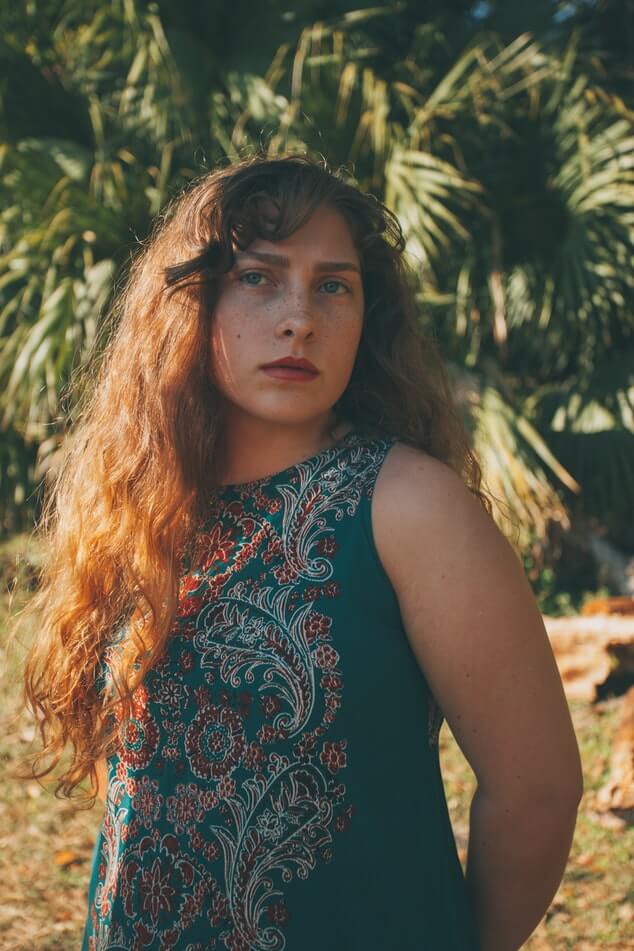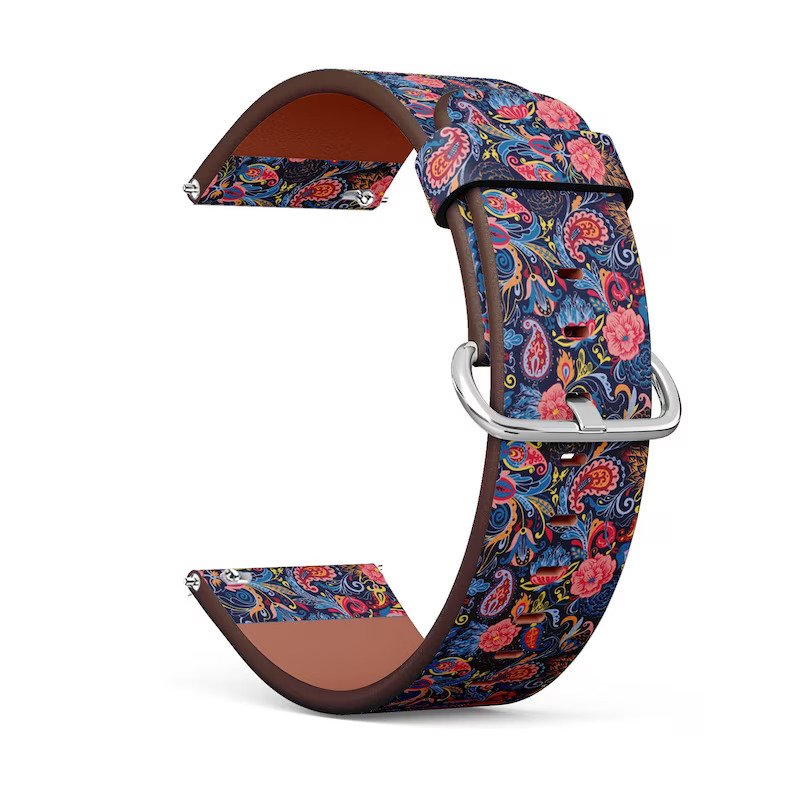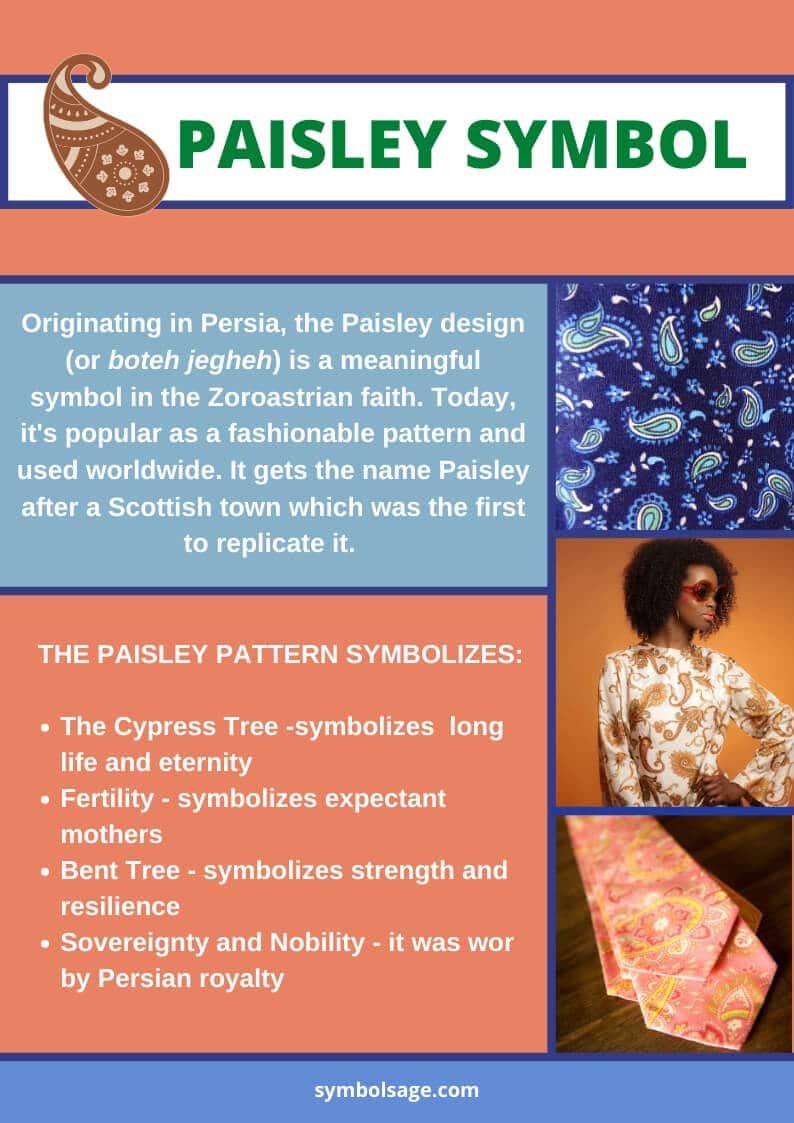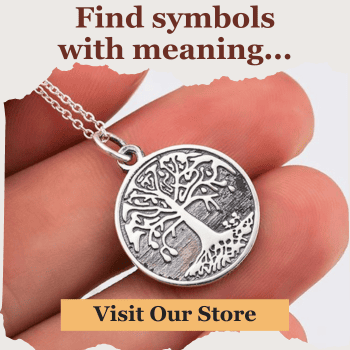
Table of Contents
The Paisley pattern is one of the most popular and beautiful motifs, holding an important place in the symbolism of Zoroastrianism. While it might look just like a pretty pattern, the Paisley design is a highly symbolic design. Let’s take a look at the story behind the Paisley design and its various interpretations.
History and Origin of the Paisley Design

The Paisley design, called boteh jegheh in Persian, (بته جقه) is an asymmetrical, geometric floral pattern. It’s like a teardrop, but with a curved upper end. There are variations to the shape, but this is the most well known.
The origins of the Paisley pattern can be traced all the way back to ancient Persia and the Sassanid Empire. However, its exact origins are unknown and there’s a great deal of speculation on its early meaning and the stories surrounding its symbolism. It’s likely that the Paisley pattern originated as a Zoroastrianism symbol.
The design was a highly popular pattern for textiles in Iran during the Pahlavi and Qajar dynasties and was used to decorate royal crowns, regalia and court garments. It was also featured on clothing items for the general population.
In the 18th and 19th centuries, the design spread to England and Scotland through the East India Company, where it became extremely fashionable and a much sought-after design. It’s original name boteh jegheh wasn’t well known, and it was referred to as the ‘pine and cone design’.
As the design gained popularity, the East India Company was unable to important enough of it to meet the demand. Paisley shawls quickly became the height of fashion and were even worn by the Moghul Emperor Akbar, who was known to wear two at a time as a status symbol. He also gave them as gifts to high officials and other rulers.
In the 1800s, weavers in Paisley, Scotland became the first imitators of the Paisley design, which is how the design came to be known as the ‘Paisley pattern’.
Symbolic Meaning of the Paisley Design

The Paisley pattern was seen as just a beautiful symbol by the rest of the world, but to the Zoroastrians and Persians, it held significance. Here are some of the meanings associated with the design.
- Cypress Tree: The design is believed to be a representation of a cypress tree combined with a floral spray. The cypress tree is one of the most important symbols in Zoroastrianism, representing long life and eternity, as it’s an evergreen with a long lifespan. It was an important part of Zoroastrian temple ceremonies and cutting one down was said to bring bad luck, resulting in the occurrence of disaster or disease.
- Fertility: This motif is also said to represent ideas of fertility and symbolizes pregnancy and expectant mothers.
- Strength: The image of the bent cypress tree signifies strength and resilience. It could be interpreted as a representation of overcoming adversity, cultivating resistance and harnessing inner strength in the face of odds.
- Sovereignty and Nobility: The Paisley design also signifies royal sovereignty and nobility. It was used as the focal design in the headgear of Iranian kings such as Shah Abbas the Great of the Safavid Empire.
- The Sun, the Phoenix or Eagle: Some say the boteh jegheh originated from old religious beliefs, and is symbolic of the sun, a phoenix, or the ancient Iranian religious sign for the eagle.
Modern Uses of the Paisley Symbol

The Paisley design is common and seen all over the world regardless of culture or religion. The elegant curving design makes it suitable for a variety of purposes. It’s a highly sought-after pattern for jewelry designs including pendants, earrings, rings and charms. It’s also chosen as a design for tattoos since it looks very distinct and mysterious, making it a favourite for tattoo enthusiasts everywhere.
The pattern is also extensively used for textiles and is most frequently seen on rugs and carpets. It can be found on any type of fabric and has both a classic and modern look.
In Brief
The Paisley design is still very much in fashion and its popularity shows no signs of waning. It remains a mysterious and beautiful symbol, and although it’s symbolism and significance may have declined in much of the world, it continues to be highly sought after as a fashionable pattern.









